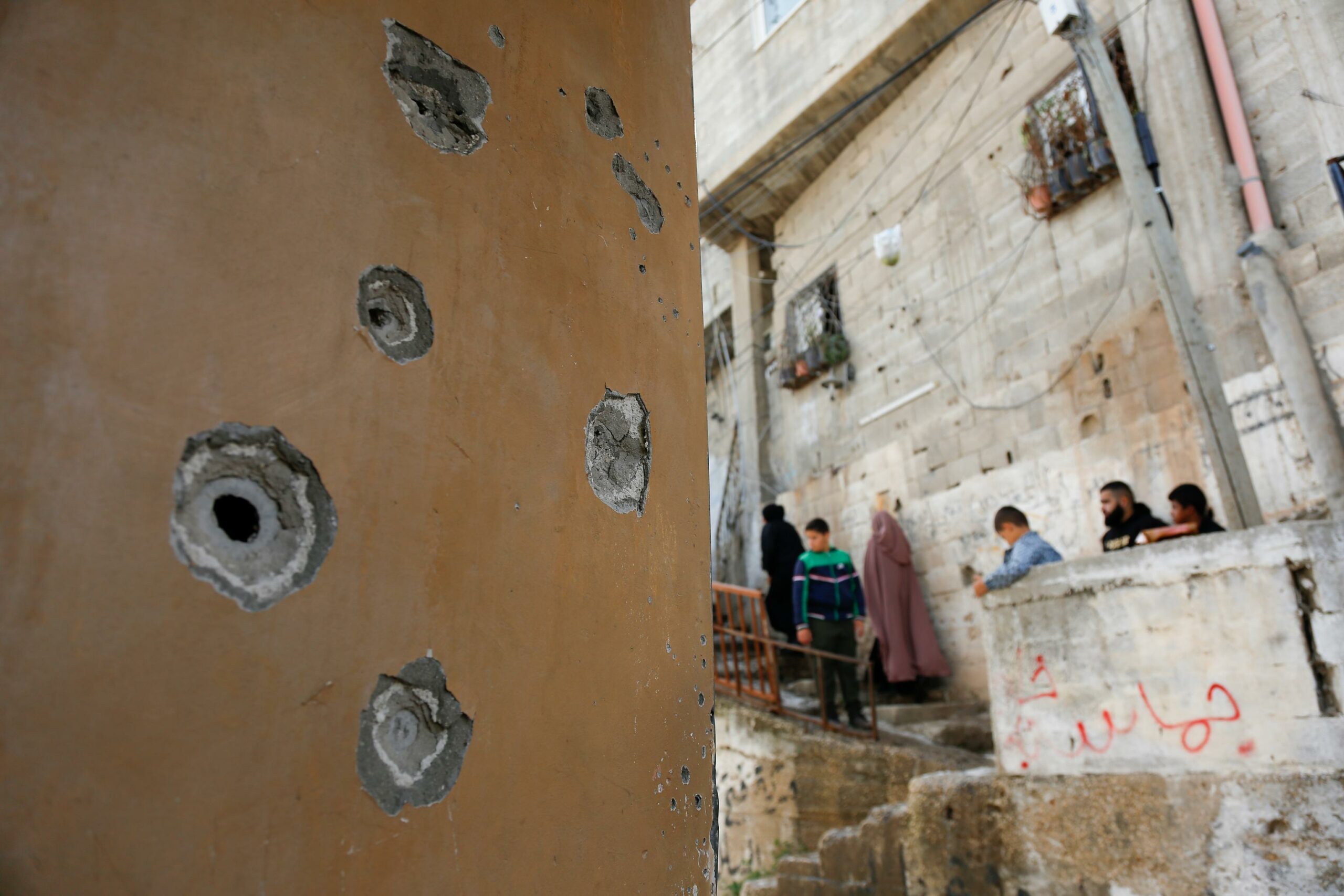Category: Photo Story
-
Tulkarm Bids Farewell to 5 Palestinians Killed in an Israeli Military Operation.
18 December 2023 | International Solidarity Movement | Nour Shams refugee camp By Diana Khwaelid An Israeli military operation lasted for more than 10 hours in the Nour Shams refugee camp. Destruction of infrastructure Dozens of military vehicles stormed the city of Tulkarem on the evening of Sunday, December 16, as they targeted the…
-
One war in Gaza and another in the West Bank
by Diana Khwaelid 7 December 2023 | International Solidarity Movement | Tulkarem The fire of the war between Hamas and Israel since October 7 has not only burned the civilian population of Gaza. Palestinian civilians in the West Bank have tasted their share of it, too. On December 7, the Israeli occupation forces once…
-
Who is Holding Israel Accountable for its Crimes?
Israeli snipers were deployed everywhere, especially on the roofs of Palestinian houses inside the camp and its surroundings, as well as inside buildings under construction in the city, targeting anything that moved.



